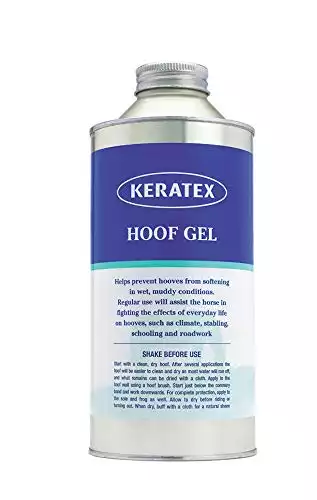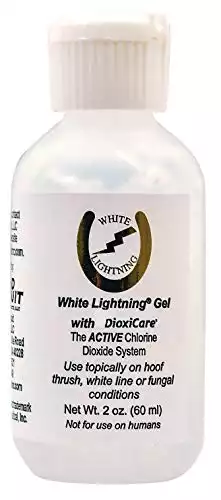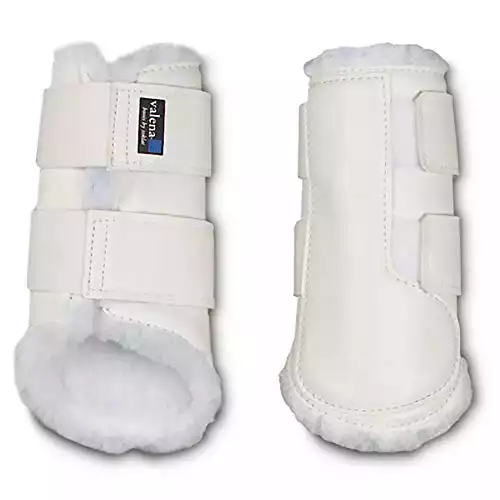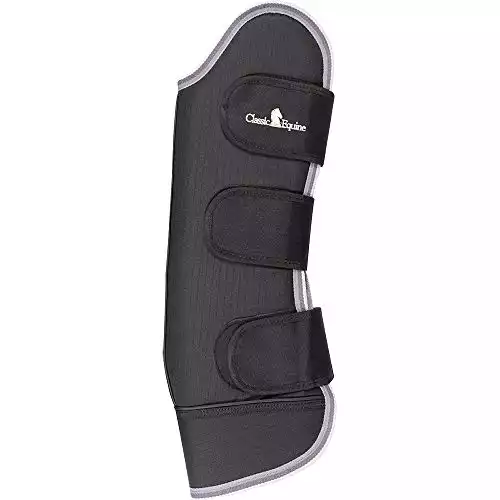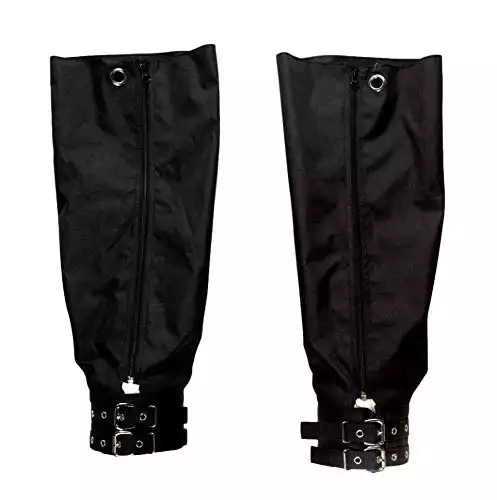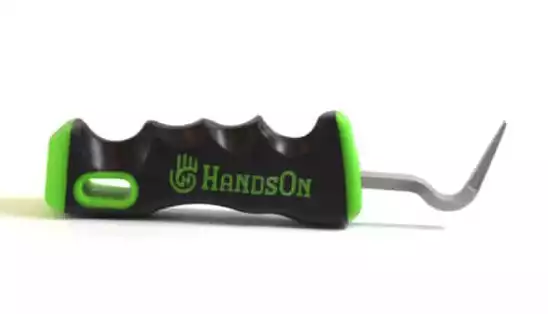Thrush in your horse’s hooves!
Thrush in horse hooves is a pretty gross bacterial infection of the hoof, most commonly seen in the sulci (or grooves) and frog area. There is a distinct odor to thrush, also, and once you smell it, you can never forget it.
Jump to video and shopping
- The bacteria are anaerobic, so the infection lives without oxygen – perfect under a hoof, right? Advanced cases can extend to the sole and white line, and when thrush affects the sensitive areas, horses can become lame. You may notice a black pasty substance in the grooves.
- New research tells us that thrush is not discriminatory, it can affect horses that live in pristine “poop never hits the ground” stalls, while rarely infecting some horses that live in mud and loads of manure.
- Researchers have found that it’s more often the horse not “self-cleaning” the hoof by walking. A walking horse that flexes and contracts the hoof anatomy helps to prevent thrush.
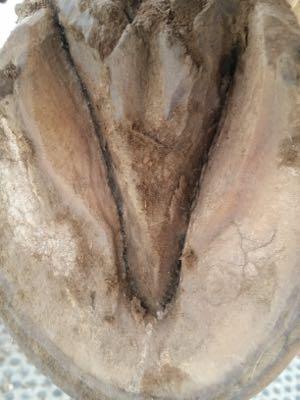
You can barely see the black stuff in the grooves. This is thrush! I smelled it before I saw it.
How to treat thrush in horses
- Most over-the-counter topical applications are affordable and easy to use. Make sure the hoof is clean and dry before you apply!
- Begin by cleaning away the blackened, diseased tissue. You may want to have your farrier or vet help you with this. For advanced cases or instances when you can’t clear it up in two or three days, get your vet out.
Clean the hoof before you treat for thrush!
- Think of thrush like a wound, no amount of neosporine and bandaids will help if you don’t clean the wound first. It will stay infected.
- The best place to start is the wash rack. Put your sprayer on the jet setting, and rinse out the bottom of the hoof for about a minute.
- A minute or so of water picking will clean out the dirt and dig deep into the grooves.
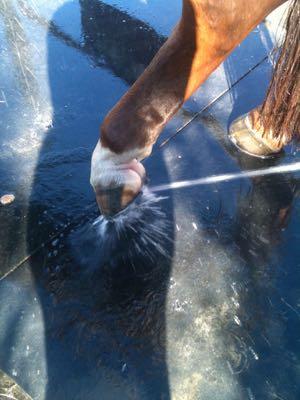
Clean the thrush out! Then your treatment of choice.
- Then treat the hoof bottom with mild betadine solution with a good scrub, rinse and repeat a few times before you let the hoof dry and apply your medication of choice.
- After the hoof has dried, apply your topical treatment. A mild case should clear up quickly (under 3 days.)
- For cases that don’t clear up quickly, or have gone deeper, please consult your veterinarian.
- Lameness is a very real possibility. Your veterinarian can help you with stronger and sometimes systemic options.
- A very good option available from your vet is a tube of antibiotic ointment typically used for mastitis in cows.
- If you pick up some colored thrush meds at the tack store, they can be messy. I have found the easiest way to apply them is with a spray bottle or ketchup bottle from a kitchen supply store. The tiny nozzle contains most of the drips and you can better control the application.

A ketchup bottle is a great place for thrush meds. Pointy applicators make application easy.
Please don’t use bleach or hydrogen peroxide
- The hoof is living tissue that is damaged and wounded by thrush. Bleach doesn’t belong in a wound.
- Research tells us that bleach, hydrogen peroxide, and alcohol lengthen the healing time and can cause significant pain.
Skip the purple gentian violet compounds, too?
- Canada released a call to action about gentian violet in early 2019. According to the official report, “All manufacturers have voluntarily stopped marketing these products, their product licenses have been canceled, and any products that were on the Canadian market have been recalled.” There’s a link between gentian violet and cancer. You can read the whole thing here!
- The state of CA has also released a report, which contains details about studies done (not really enough data on people) and other helpful things. There are a couple of cases where humans developed leukemia after contact with gentian violet, but there is no clear evidence of causation and little actual data (see page 11 of this report).
Keep everything clean and dry.
- There are some great over-the-hoof boots that can be used temporarily to help the healing process. The bottom line is to be super diligent about picking and inspecting your horse’s hooves. If you see (or smell) something funky, treat it immediately!

This easy, temp boot keeps things clean and dry, and can be used with a horseshoe.
Stock up here for your horse supplies! As an Amazon Associate, I earn from qualifying purchases, but it’s ZERO extra cents to you. You can also visit my Amazon storefront here: PEG storefront
This style is great to protect the hoof, but is not soft and squishy for laminitis cases.
Thank you!


